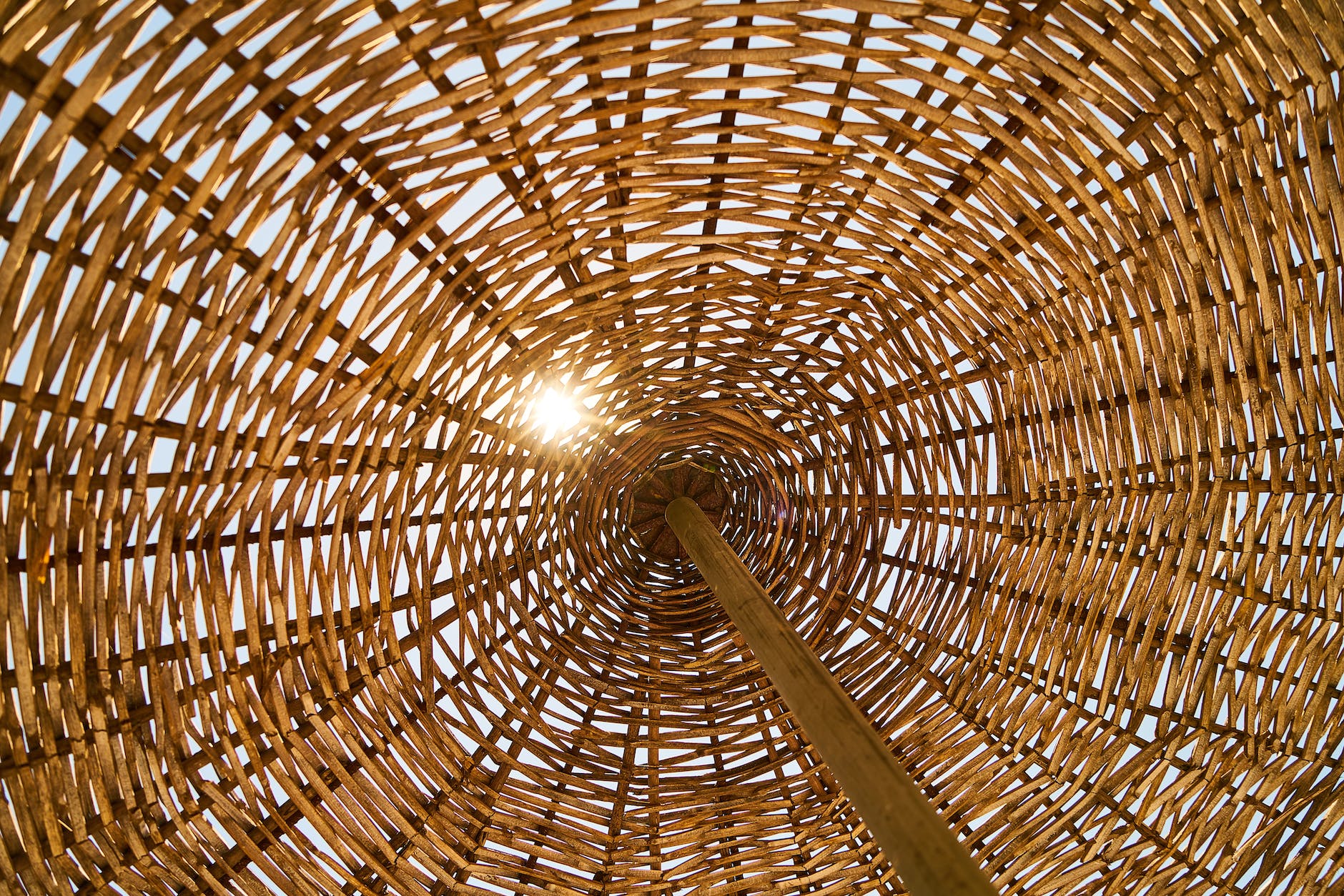Yizkor, Yom Kippur 5783 / October 5, 2022
I recently learned about a traditional practice of Ashkenazi Jewish women – making soul candles. Between Rosh Hashanah and Yom Kippur, women in Eastern Europe would make candles. Each community had its own practice -sometimes the candles were made for use at home. Other times, they were brought to the synagogue for the Yom Kippur yizkor service. Some women would visit the cemetery where their family members were buried, laying out cord for wicks there, which they would later use to make memorial candles. Whether making the candles for the protection of the living or the memory of the dead, women lovingly and with intention performed this act of service. In doing so, Jewish women maintained the ties between living family and ancestors. Although no Jewish text prescribed such a ritual, Jewish women took on the responsibility of tending relationships and connections with family members in life and beyond.
This year, I decided to bring this practice to life with my family. We didn’t go to a cemetery and lay out the wicks, but by doing this I felt connected to Jewish women of ages past. With my children, we measured the wicks, rolled sheets of beeswax, and set our intentions for candles that will light our home on Shabbat and through this season of holidays. It felt like a rekindling of the memories of those whose stories are often forgotten.
In this season of memory and returning, we take time to honor our ancestors and link ourselves with those who came before us. As many teach, but I first learned from the teachings of Thich Nhat Hanh, the Vietnamese Buddhist monk and peace activist who died earlier this year, we are all part of several lineages.
We usually think of our blood or biological ancestors first. They are the ones whose DNA we carry in our bodies and whose legacies we may be carrying on in one way or another. Our relationships with them may have been loving, challenging, or both. We may not have known them. Still, their existence paved the way for ours.
Then, we all have land ancestors as well. The concept of land ancestors may be less intuitive for many of us because of the way we have been socialized and because of our histories of dislocation and movement. The places where we live may not be the same land where our biological ancestors lived. But we can recognize the truth that we are not the first people to live in this place. Our land ancestors are those who were here before us, who cared for the land, who learned its ways, who made their lives here, and possibly left their mark here as well.
And then there are our spiritual ancestors. These can be the forerunners we find in our tradition – like the matriarchs and patriarchs of the Torah, or the many other generations of Jewish leaders and teachers who came before us. A spiritual ancestor can be chosen, or we may discover them spontaneously or serendipitously. Sometimes we learn about a person and find a deep resonance with them, a connection with their work and legacy, and who they were in the world, even if we did not have the opportunity to encounter them in life. These spiritual ancestors can be deeply powerful for us, inspiring us on our own journeys.
During this time of remembering, we honor those who we loved and cherished. And we also recognize that our lineages – our connections to land, kin, and spirit have been disrupted in so many ways. It is hard to remember and connect with that which we do not know. But this time can also be one of reweaving those ties.
We are in the midst of a season of celebration and memory, that began with Rosh Hashanah and will continue through Yom Kippur, Sukkot, Shemini Atzeret and Simchat Torah. There is a thread woven between them all. From the more pensive mood of Yom Kippur, we move almost immediately into the festive mood of Sukkot, which we call – z’man simchateinu – the season of our joy.
Our experience during these Yamim Noraim – these days of awe – continues with us into the sukkah, the hut or temporary structure we build for the holiday. Our tradition teaches us that we are to dwell in the sukkah for seven days, eating our meals in it and perhaps even sleeping in it. The sukkah itself is a liminal space, an in-between place, intentionally fragile, with a roof made of materials that grow from the ground. In the sukkah, we allow in things that we usually wall off.
There is a permeability, a thinning of the division between indoors and outdoors, the man-made and the natural, past, present, and future, perhaps between what is seen and unseen.
One of the practices of Sukkot is to invite guests into our sukkah. Not just actual living human guests, but spiritual ancestors too. These Ushpizin, as they are called in Aramaic, include mostly biblical figures – Abraham, Isaac, Jacob, Joseph, Moses, Aaron, and David. We usher them in with a special invitation, with one of them as the guest of honor each evening of the holiday. In recent years, many Jews have expanded the guest list to include women – the matriarchs Sarah, Rebecca, Rachel and Leah, and other Biblical women like Miriam, Devorah, Avigail, and Esther, as well as other important Jewish figures throughout history.
We can widen the circle even more, to invite any of those we remember today. This is a time to reconnect with those we miss, or to reweave connections with those we may not have had the chance to know.
Who would you ask to accompany you?
What do you know about your ancestors, or wish you knew more about?
Who would you like to invite into your sukkah?
